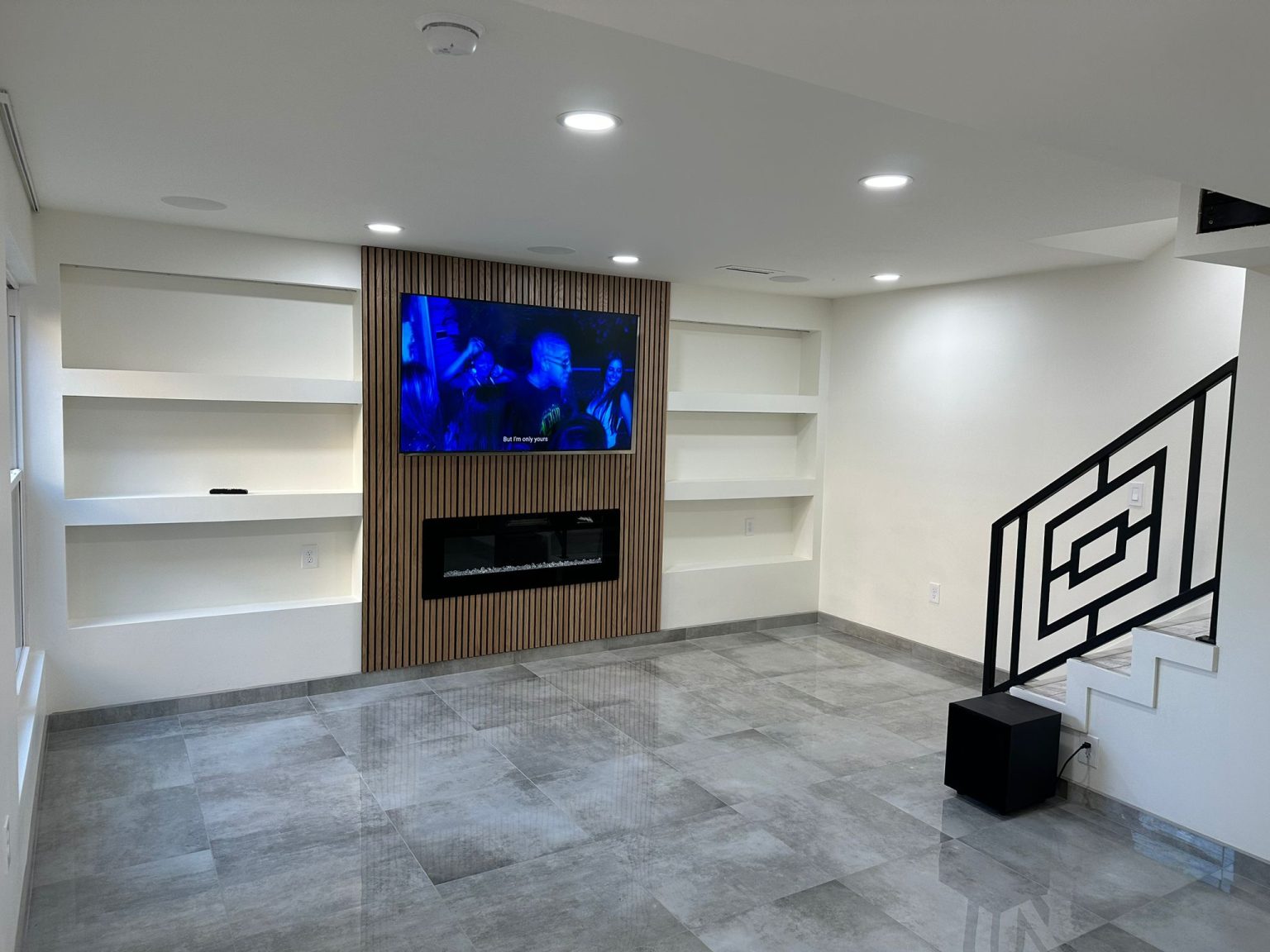A pool cover is an essential accessory that protects your swimming pool while offering numerous benefits. The right cover can dramatically reduce maintenance costs, conserve water, and extend your swimming season while keeping your pool clean and safe.
Key Takeaways
- Pool covers can increase water temperature by up to 8°C
- Quality covers reduce water evaporation by up to 98%
- Proper covers can cut chemical usage by up to 70%
- Premium covers provide essential safety features for family protection
- The right cover significantly reduces maintenance time and effort
What Is a Pool Cover and Why Your Pool Needs One
A pool cover is a protective barrier that sits on top of your pool's surface when not in use. Think of it as a shield between your pool water and outside elements. Have you ever wondered why so many pool owners consider covers essential? The answer lies in their incredible versatility.
Pool covers transform ownership by addressing multiple challenges simultaneously - they prevent debris from entering water, maintain temperature, reduce evaporation, and provide an important safety barrier.
Types of Pool Covers for Every Need
Different pool covers serve different primary purposes:
| Cover Type | Primary Benefit | Best For |
|---|---|---|
| Thermal Covers | Heat retention (up to 8°C increase) | Extending swimming season |
| Safety Covers | Prevents accidents | Families with children/pets |
| Automated Systems | Convenience | Busy pool owners |
| Solar Covers | Energy efficiency | Eco-conscious owners |
| Winter Covers | Seasonal protection | Off-season care |
Thermal Covers: These premium covers from poolcover use advanced 500-micron GeoBubble technology to boost heat retention. They're perfect for extending your swimming season and reducing heating costs.
Safety Covers: Available as nets or solid covers, these designs focus on preventing accidental falls. The best ones comply with SANS 10134 safety standards and can support up to 80kg with Designer pool covers.
Automated Systems: For ultimate convenience, these covers can be deployed with the push of a button. These sophisticated systems offer excellent protection with minimal effort.
Key Benefits of Installing a Quality Pool Cover
The advantages of a quality pool cover extend far beyond basic protection:
- Superior Heat Retention: Premium thermal covers can increase water temperature by up to 8°C
- Water Conservation: Reduces evaporation by up to 98%, saving thousands of liters annually
- Chemical Reduction: Cuts chemical usage by up to 70%, creating a more pleasant swimming experience
- Enhanced Safety: Creates a barrier that helps protect children and pets from accidents
- Reduced Maintenance: Less debris means less cleaning and filtering
Learn more about high-quality swimming pool covers and their benefits for your specific situation.
Premium Materials and Technology
What sets quality covers apart is the technology behind them. Designer pool covers utilize innovative GeoBubble technology, which offers superior durability and heat retention compared to standard materials. This design eliminates weak points found in traditional bubble covers, extending lifespan by up to 25%.
UV-stabilized materials prevent degradation from sun exposure, while high-density polyethylene provides exceptional strength. These premium materials ensure your cover remains effective for years, even in harsh South African conditions.
Explore advanced pool cover technology to understand what makes a truly effective cover.
Installation and Maintenance Considerations
While DIY installation might seem cost-effective initially, professional installation ensures your cover fits perfectly and functions as intended. Professional installers understand the nuances of different pool designs and help you avoid common pitfalls.
Maintenance requirements vary by cover type:
- Thermal covers need regular cleaning to remove debris
- Safety nets require periodic tension adjustments
- Solid covers should be checked for tears or wear spots
- Automated systems benefit from annual professional inspections
How to Choose the Right Pool Cover
Selecting the perfect cover starts with understanding your specific needs:
- Pool Type and Size: Different shapes require different solutions
- Primary Concern: Are you most interested in heat retention, safety, or debris prevention?
- Climate Considerations: Your local weather patterns should influence your choice
- Budget Balance: Premium covers cost more initially but often provide better long-term value
- Professional Guidance: Consulting with specialists helps you find the perfect match
Conclusion
A quality pool cover is an investment that pays dividends through reduced maintenance, lower costs, extended swimming seasons, and enhanced safety. By choosing the right cover, you'll transform your pool ownership experience while protecting your valuable aquatic asset.



